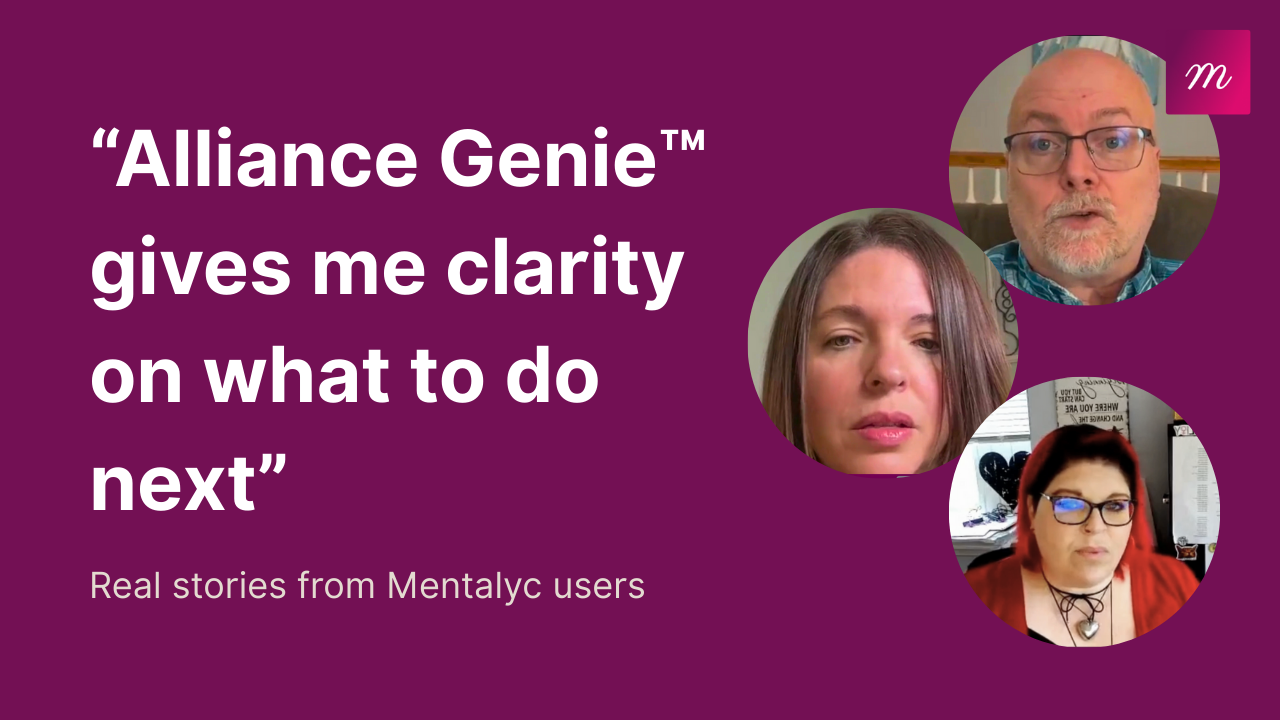Starting a therapy session effectively sets the tone for the entire conversation. A well-structured and thoughtful opening can create a safe space for clients, fostering trust and openness. Whether you are a new therapist or looking to refine your approach, these insights from experienced therapists can help you navigate those first crucial minutes.
1. Ground Yourself First
As you step into the session, ground yourself first. Your energy can be picked up by your clients, and if you’re caught up or in a rush, it may affect the therapeutic space. Take a few deep breaths, quickly scan your client’s notes if necessary, and make an intention about the session. This brief preparation will ensure that you’re present and sharply attuned. Grounding yourself could also involve a brief mindfulness exercise, stretching, or even taking part in a short ritual that marks your entry into your therapy persona.
I recommend a stretch as stress is often stored in your body. It is good to remind yourself that each session will be different and deserving of your best self, regardless of what happened in previous sessions or in your own life (Wu and Levitt, 2022.)
Example: Therapist Allison, feeling overwhelmed from back-to-back sessions, takes a moment before seeing their next client. They close their eyes, take three deep breaths, and repeat to themselves, “I am here, present, and ready to support.” This practice helps them reset and approach the session with a clear mind.
2. Welcome with Warmth
The first few minutes of a session are devoted to rapport establishment. A simple, genuine greeting like, “It’s good to see you today,” can accomplish a great deal to loosen things up. If it is a returning client, bring something forward from the previous session to signify continuity and concern. With a new client, ensure that they feel comfortable with a warm, nonjudgmental presence. Body language matters too—smiling, eye contact, and a relaxed attitude can set the right tone.
Clients come to therapy with all kinds of feelings, so a welcoming presence can set them at ease in the therapeutic space. Sometimes I would keep things very casual to help clients feel more at ease if they were not able to loosen up, and stay away from the formal approach and clinical jargon.
Example: Therapist Allison greets a returning client by saying, “Welcome back! Last time, we talked about your goal of setting better boundaries at work. How has that been going for you?” This signals to the client that their therapist remembers and values their progress.
3. Check-In Before Diving In
Instead of plunging straight into deep therapeutic work, spend a moment or two connecting. Asking, “How has your day been so far?” or “How are you feeling as you come into this session?” helps clients shift both mentally and emotionally into the space. I often find these open-ended questions can be a great way for clients to begin engaging. This quick but potent step is a way of checking in on where they are before addressing more difficult topics. Some clients will need to vent about something else first before they can focus, and others will want a formal approach to proceeding.
Having some leeway with this step ensures that the session gets off on a start in a way that is appropriate to the client’s needs.undefinedIn addition, this check-in can provide hints at trends in the client’s emotional state over time, which can be useful for more advanced therapeutic work.
Example: A client arrives appearing distracted and uneasy. Instead of diving straight into a planned discussion on anxiety coping strategies, the therapist Allison first asks, “How has your day been?” The client then shares a frustrating experience from their morning, allowing them to feel heard and release tension before engaging in deeper work.
4. Set the Agenda Together
Collaborating on the session’s subject makes clients more in control of their process. You may say, “What are you thinking today? ” or “Is there something specific you’d like to work on? ” If a client is unsure, reviewing material from previous sessions in a tactful manner can guide the conversation without putting their agenda second. This practice validates that therapy is a cooperative process, which allows the client to become the owner of their healing. Sometimes clients may be lost on what to talk about, and giving them some directed options will make them feel directed and not forced. I tend to normalize all these experiences.
Each session can feel different, so being consistent in your messaging helps them know it’s okay to show up less talkative or with an agenda on some days and more engaged on other days.
Example: A client shrugs when asked what they’d like to focus on. The therapist Allison responds, “Last week, we explored the stress you’ve been feeling at home. Would you like to continue with that, or is there something else that feels more urgent today?” This approach gives the client a choice while providing structure.
5. Use Observations to Build Awareness
Patients often do not know their own nonverbal communications. Observations with care, like “I get the feeling you’re a little tenser today than usual,” can provide the door to more personal awareness. The technique must be used sparingly so that it doesn’t sound critical but supportive instead. Observe the shift in posture, voice tone, or affect and patients will feel you have “seen” them. It might lead to significant observations. Sometimes, clients may not even recognize their own emotional shifts until they are pointed out, making this a powerful tool in therapy (Watson and Wiseman, 2021.)
Example: Therapist Allison notices that their client, who is usually quite talkative, has been unusually quiet and withdrawn. They gently say, “I notice you seem a little quieter today. Is there something on your mind?” This simple observation invites the client to share what they may not have expressed verbally.
6. Normalize Any Discomfort
Starting therapy—or even just starting a session—can be nerve-wracking for some clients. If they seem hesitant, normalizing their feelings can help. Phrases like, “It’s okay if you’re not sure where to start,” or “We can take this at your pace,” create a sense of safety, encouraging openness. Clients can feel like they must do something or say something important every session, so reminding them that therapy is a space for exploration can relieve the pressure. This also establishes a culture of self-compassion, where clients become at ease with their thoughts and feelings being okay, even if they’re messy and confusing (Stiles, Bate and Anderson, 2023.)
Example: A client hesitates and says, “I don’t really know what to talk about today.” The therapist Allison responds, “That’s completely okay. Some days, we might have a lot on our minds, and other days, it takes a little longer to figure out what we need. We can just start wherever feels right.” This reassurance helps the client relax.
7. Managing Conflict in Sessions
Conflict may arise when a client disagrees with the therapist’s perspective or feels misunderstood. The way to handle conflicts is with empathy and curiosity. Instead of defending yourself, validate the client’s feelings and explore their issues together. Open communication and a nonjudgmental stance can turn conflict into a revealing moment of growth and trust-building (Knox et al, 2023.)
Example: A client expresses frustration, saying, “I don’t think you really understand what I’m going through.” Instead of reacting defensively, the therapist Allison responds, “I appreciate you sharing that. Can you help me understand what I might have missed? Your experience is important to me.” This approach fosters dialogue and reinforces the client’s sense of being heard.
Conclusion
By arriving at the beginning of each session with mindfulness, warmth, and preparation, therapists can set the stage for rich and effective therapy. Using Mentalyc in sessions can help you focus on your client and build that connection instead of spending time manually documenting your whole session. The initial minutes of a session are a transition from the external world into the world of therapy, where clients can step toward deeper self-discovery. Strategic opening approaches build confidence, instill a sense of security, and ensure that clients are heard and valued. When therapists ground, engage warmly with clients, and establish an open-ended style, they set the stage for healing and development. The establishment of a session can impact the entire trajectory of therapy—so holding those moments conscious and compassionate is an empowering investment in the client’s well-being.
Why other mental health professionals love Mentalyc

“Reading transcripts helps me tighten up and come across more the way I want to present myself to clients … it’s helped me improve and keep getting better.”
Licensed Marriage and Family Therapist

“There is a lot more feedback and suggestions in it than before … that makes things a little bit easier for me.”

“It keeps me on a level of assessment about the relationship that has a little bit more objectivity … helps keep me grounded.”

“It’s really giving me some good confidence … and areas of improvement to see nuances I didn’t see before.”







